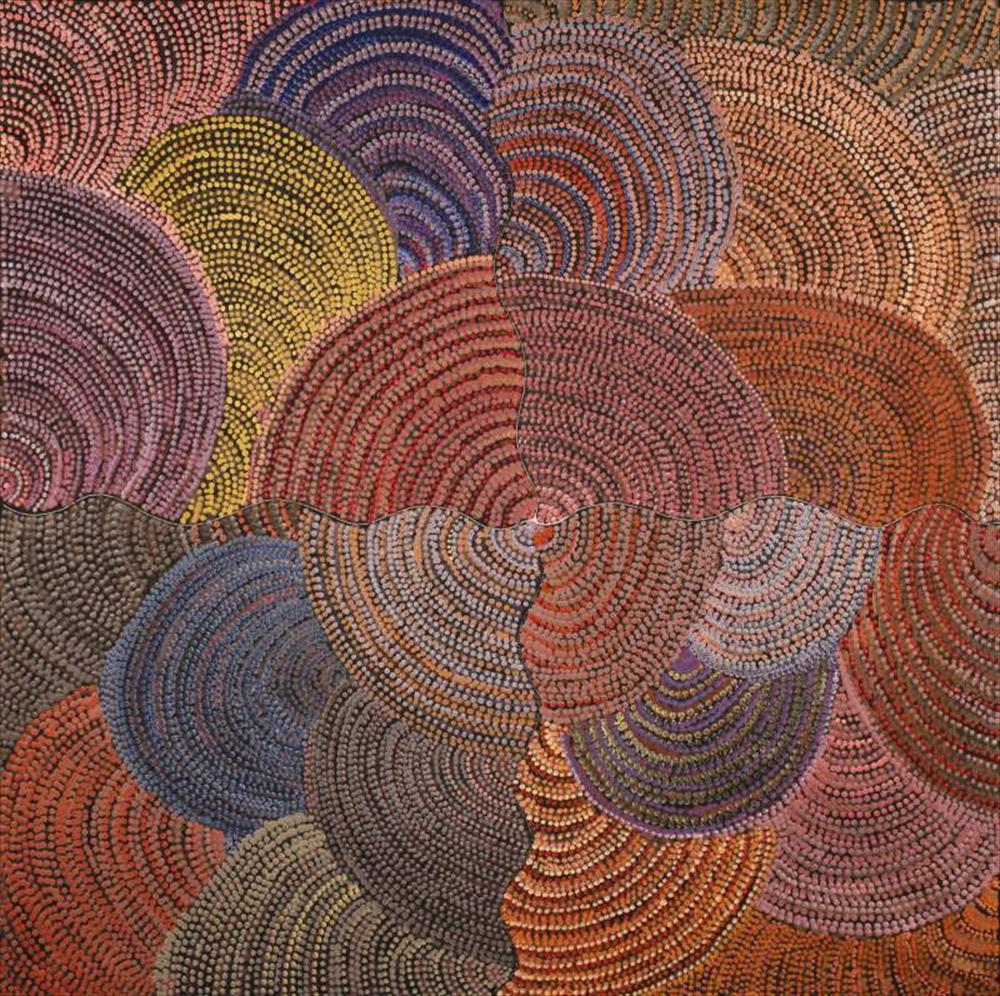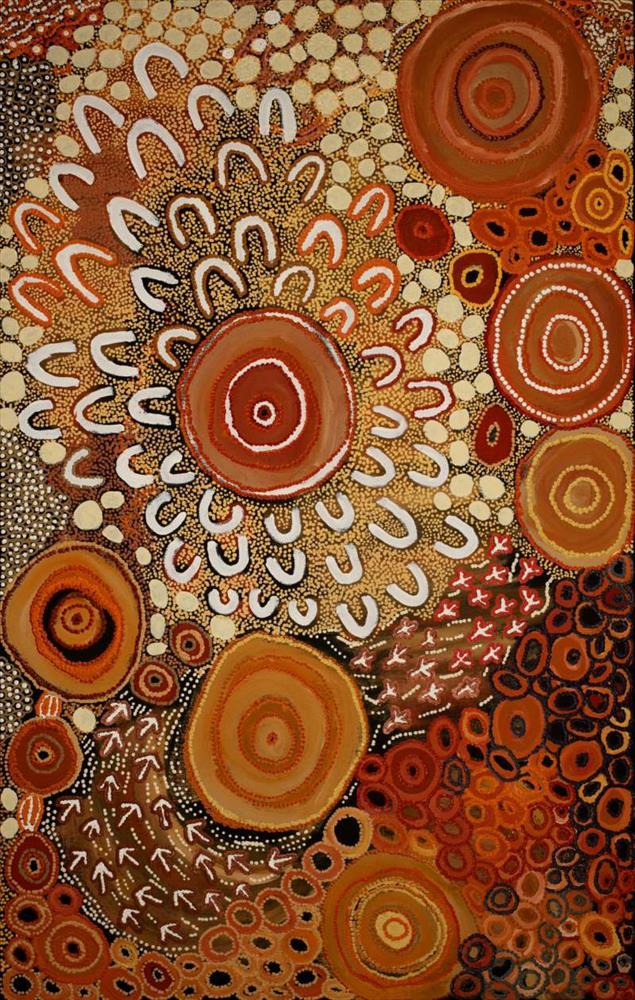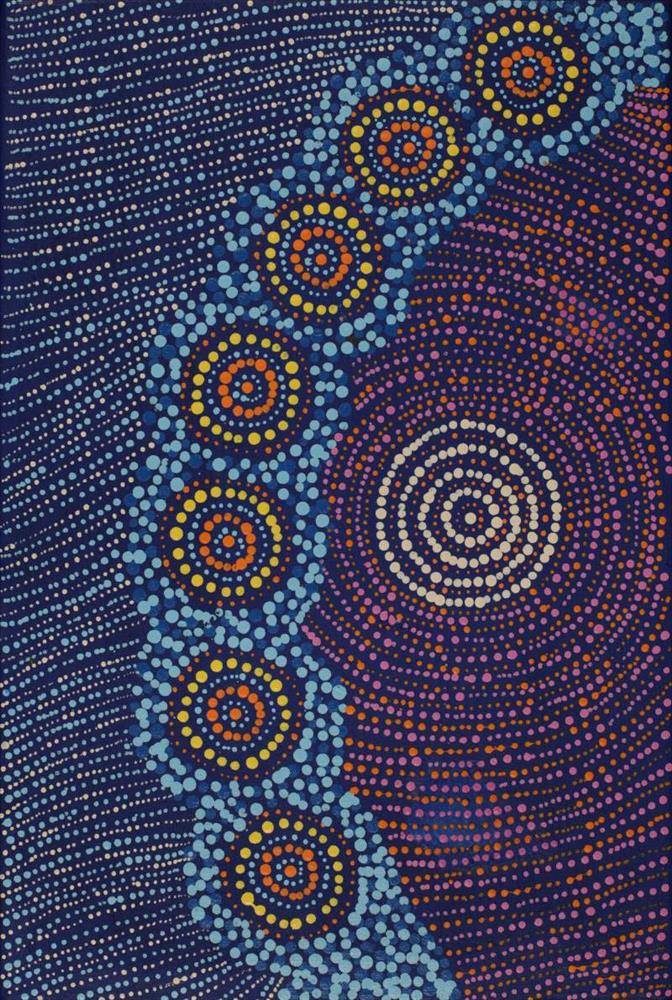Warlukurlangu Artists & Jirtirlparnta Artists Shipping policy
Yuendumu does not have a reliable mail service so parcels are generally driven to Alice Springs, 300 kms from Yuendumu, once a week.
Every effort is made to dispatch artworks as quickly as possible, but specific delivery times cannot be guaranteed. Please keep in mind that you are purchasing something from a very remote community. Parcels purchased while the art fair is in progress in Darwin will also take a little longer to post as most of the staff are in Darwin. So please keep this in mind and expect a longer than normal delay.
Any paintings under 1 metre are shipped via Australia Post, express. Paintings over a metre long need to be sent via Northline, road, and will require a work delivery address if possible.
Warlukurlangu Artists & Jirtirlparnta Artists Refund policy
It is very important to us that you are happy with your purchase. If not, we will fully refund you for the value of the artwork, minus the postage costs. You must notify the art centre within 10 days of receiving the painting if you are not fully satisfied. You need only pay the cost of returning the painting to the art centre. The artwork must be returned in its original condition with all of its accompanying documentation for the guarantee to apply.
Warlukurlangu Artists & Jirtirlparnta Artists Return policy
If you need to return any purchases please contact us before posting so we can provide you with an address in Alice Springs










